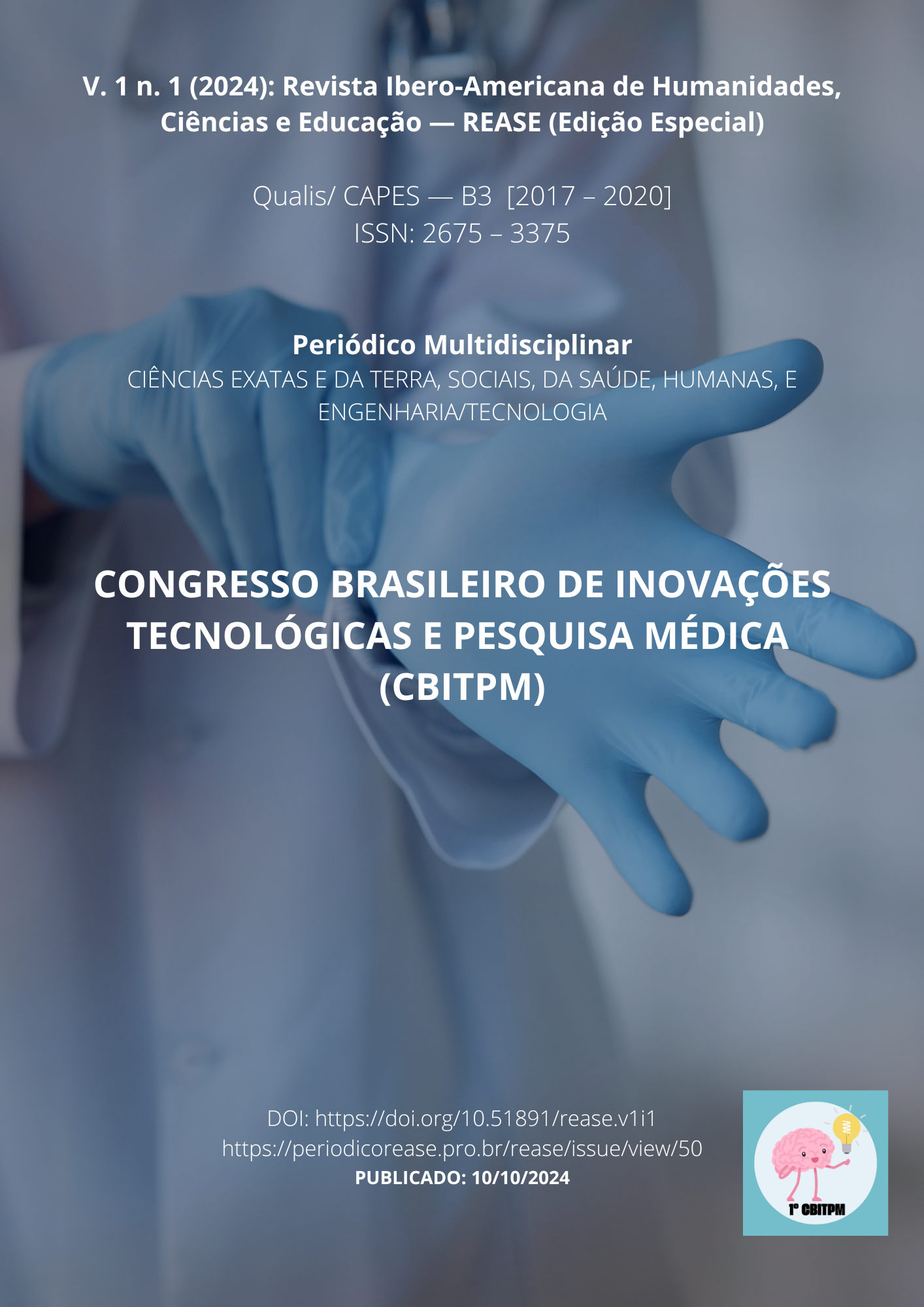SURGICAL INTERVENTIONS IN CHILDREN WITH JUVENILE IDIOPATHIC ARTHRITIS AND CLINICAL COMPLICATIONS
DOI:
https://doi.org/10.51891/rease.v1i1.16157Keywords:
Arthroplasty, Joint fusion, Postoperative complications, Infection and Thrombosis.Abstract
Introduction: Juvenile idiopathic arthritis (JIA) represents a group of autoimmune diseases that affect children, characterized by persistent joint inflammation. The condition can lead to chronic pain, functional limitation and, in severe cases, deformities. In girls, the prevalence is especially notable, which makes understanding surgical interventions and their clinical complications essential. Surgical interventions may be necessary to treat refractory cases or complications, such as joint destruction. Appropriate management and timely surgical interventions are essential to improve quality of life and prevent permanent sequelae. Objective: To explore surgical interventions in children with juvenile idiopathic arthritis and their clinical complications, aiming to provide a comprehensive understanding of therapeutic approaches and the challenges faced. Methodology: The research was carried out using the PRISMA checklist, consulting databases such as PubMed, Scielo and Web of Science. Five descriptors were used: Arthroplasty, Joint fusion, Postoperative complications, Infection and Thrombosis. Inclusion criteria included articles published in the last ten years, studies with data on surgical interventions in children, and analyses that included female patients. Exclusion criteria considered non-peer-reviewed articles, studies that addressed only adults, and publications that did not present relevant clinical data. Results: The findings revealed that surgical interventions, such as arthroscopy and osteotomies, were effective in reducing pain and improving joint function in children with JIA. However, complications such as infections and joint stiffness were common, requiring close monitoring. The analysis also highlighted the importance of a multidisciplinary approach to the management of the condition, considering physical and psychosocial aspects, especially in girls, who often face additional emotional challenges. Conclusion: The literature review highlighted the relevance of surgical interventions in the treatment of juvenile idiopathic arthritis, underlining the need to pay attention to clinical complications. Appropriate interventions can significantly improve the quality of life of affected children, highlighting the importance of individualized treatment focused on the specific needs of patients, particularly girls.
Downloads
Downloads
Published
How to Cite
Issue
Section
License
Atribuição CC BY

